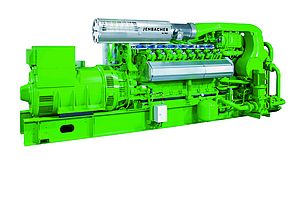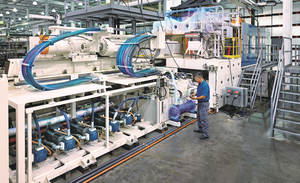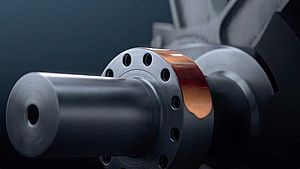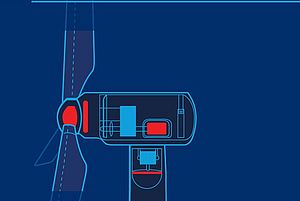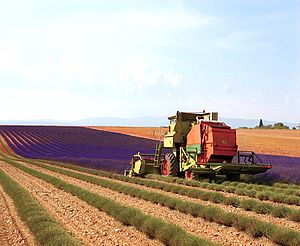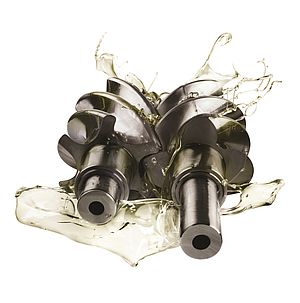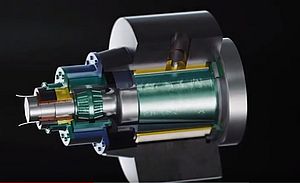Nowadays, it's essential to see that with businesses under increasing pressure to improve productivity and safety while reducing costs, the importance of proper machine maintenance is growing. A crucial part of that maintenance is choosing the right grease. In a recent survey, ExxonMobil found that more than half of industrial equipment operators are unaware that selecting the right grease can positively impact the performance of their equipment.
Raising awareness among industrial sector professionals, ExxonMobil has released a five-point plan for best practice grease selection. Drawing on the company's 50 years of experience developing industry-leading synthetic greases, the five-point plan offers practical advice that can help eliminate equipment failure and unscheduled downtime.
1. Choose the right grease for the application
Greases have varying priorities which are designed to ensure that they can best operate under certain conditions. To select the right grease, it is essential to consider the conditions under which your bearing will operate - think about machine speed, load level, ambient temperature and the type and size of bearing.
2. Select the right base oil viscosity
When selecting a grease, consider the base oil viscosity. This viscosity should be appropriate for the load and speed of the application at operating temperature and will help ensure maximum protection and component life. Greases formulated using a higher viscosity base oil are usually more water resistant and are suited to heavy-duty or high temperature applications. Greases with a lower viscosity base oil can enhance the protection of slow speed, heavily loaded bearings or low temperature performance.
3. Don't over-grease or under-grease
Incorrect application and over-greasing is the cause of over 90 percent of costly bearing failures. In addition to bearing failures, it can also lead to problems due to migration of the lubricant into the windings. Typically, a bearing should never be more than two thirds full of grease, leaving one third air space, to allow for optimal operation. Likewise, an insufficient amount of grease could lead to bearing failure due to lack of lubrication.
4. Avoid Incompatibility
Ahead of applying a new grease, thoroughly clean - or flush out - the previous grease from the bearing. This avoids compatibility issues and helps ensure that the new grease can perform at an optimum level.
5. Consider using greases with synthetic base oils
When compared to a mineral base oil, grease formulated using a synthetic base oil can offer enhanced oxidation resistance, and a higher lubrication film thickness - ensuring continued performance and protection even in high temperature conditions. In addition, synthetic base oils have the potential to contribute to reduced energy consumption as a result of reduced friction.






